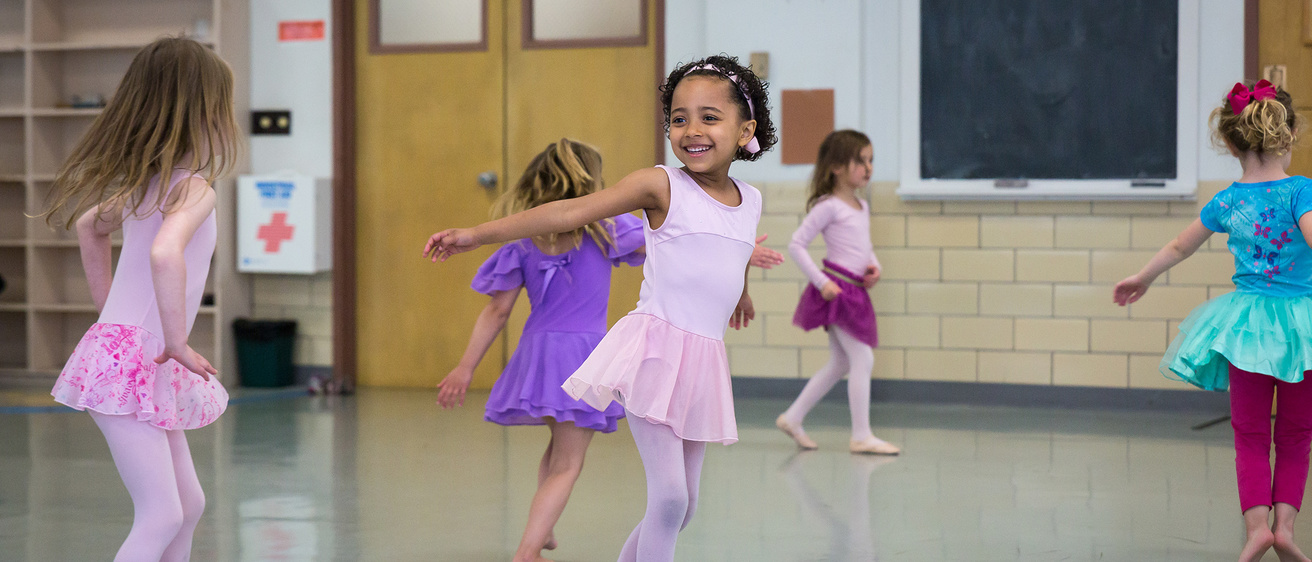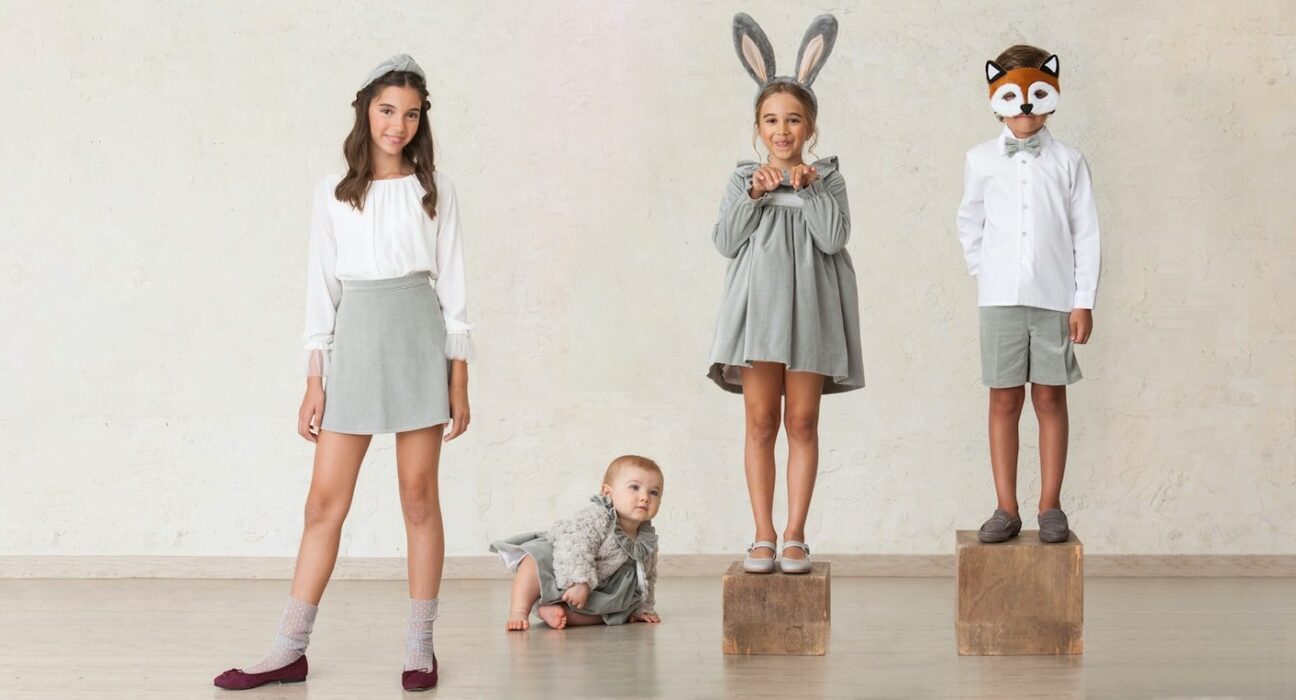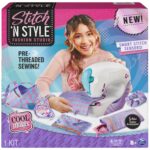Dress your child according to their age by choosing age-appropriate clothing that suits their developmental stage. Consider comfort, safety, and style to make dressing enjoyable for both you and your child.
Dressing your child can be a fun and creative process. Each age brings unique needs and preferences, making it essential to choose outfits wisely. For infants, prioritize soft fabrics and easy diaper access. Toddlers enjoy vibrant colors and playful patterns, while preschoolers may express their personalities through their choices.
As children grow, they often seek independence in selecting their clothes. Understanding these stages helps parents make informed decisions that balance practicality and style. This guide will explore how to dress your child according to their age, ensuring they feel comfortable and confident in their attire.
Table of Contents
Introduction To Age-appropriate Dressing

Credit: www.amazon.com
Choosing the right clothes for your child is essential. Dressing by age helps with comfort and confidence. Each age group has unique needs. Understanding these needs is key to successful dressing.
The Importance Of Dressing By Age
Age-appropriate dressing supports your child’s growth and development. Here are some reasons why it matters:
- Comfort: Clothes should fit well and allow freedom of movement.
- Safety: Avoid small items that can be choking hazards.
- Confidence: Children feel better in styles suited for them.
- Independence: Age-appropriate outfits help kids dress themselves.
Setting The Stage For The Style Guide
Understanding how to dress your child can be fun. Follow these steps for each age group:
- Infants (0-12 Months):
- Soft fabrics are best.
- Use snap closures for easy changes.
- Toddlers (1-3 Years):
- Choose durable materials.
- Bright colors and fun patterns attract attention.
- Preschoolers (3-5 Years):
- Incorporate favorite characters.
- Encourage self-dressing with simple outfits.
- Kids (6-12 Years):
- Allow personal expression through clothing choices.
- Choose trendy yet comfortable styles.
Keep these guidelines in mind for age-appropriate dressing. It promotes happiness and confidence in your child.
Infant Wardrobe Essentials
Dressing your infant is an exciting journey. Choosing the right clothes is essential. Comfort and safety should be your top priorities. Below are the key factors for creating an ideal infant wardrobe.
Comfort Meets Function
Infants need clothes that are soft and easy to wear. Fabrics should be gentle on their sensitive skin. Here are some essentials:
- Bodysuits: These keep diapers secure and provide full coverage.
- Sleepers: Perfect for cozy nights. Look for ones with zippers or snaps.
- Swaddles: Help infants feel secure and sleep better.
- Soft hats: Keep little heads warm.
Choose clothes that allow easy movement. Look for items with stretchable fabrics. This ensures comfort during playtime and nap time.
Safety And Accessibility
Safety is crucial in an infant’s wardrobe. Avoid clothes with small parts that could be choking hazards. Here are some safety tips:
- Avoid drawstrings: They can pose a strangulation risk.
- Check for snaps: Ensure they are securely attached.
- Choose flame-resistant fabrics: This adds an extra layer of safety.
Accessibility matters too. Clothes should be easy to put on and take off. Look for:
- Wide neck openings: These make dressing simple.
- Expandable waistbands: Ensure a comfortable fit as your baby grows.
- Front openings: Make diaper changes quick and easy.
Creating a thoughtful infant wardrobe will make life easier. Prioritize comfort and safety for your little one.
Toddler Style Tips
Dressing toddlers can be fun and practical. Choose clothes that allow freedom of movement. Keep comfort in mind. Here are some tips to help you dress your little one stylishly and smartly.
Durability For Active Play
Toddlers love to explore. They run, jump, and play hard. Choose clothing that can withstand their energy. Look for:
- Sturdy fabrics like cotton or denim
- Reinforced seams to prevent rips
- Stretchable materials for easy movement
- Machine-washable items for easy cleaning
Avoid delicate fabrics like silk. They can tear easily. Opt for vibrant colors or fun prints. They hide stains better.
Easy On And Off Strategies
Quick dressing saves time and tears. Choose outfits that toddlers can manage. Consider:
- Elastic waistbands for easy pull-on pants
- Front zippers or buttons for jackets
- Wide necklines for simple shirt changes
- Velcro shoes instead of laces
Let your child practice dressing. It builds independence. Choose items with simple designs. This makes getting dressed fun!
Dressing Preschoolers
Dressing preschoolers is fun and creative. This age group loves to explore. Clothes should be comfortable and easy to wear. Bright colors and playful patterns are great choices. Let’s dive into two key tips: encouraging self-dressing and mixing and matching outfits.
Encouraging Self-dressing
Teaching children to dress themselves builds independence. Start with easy clothes like:
- Elastic waist pants
- T-shirts with large neck openings
- Button-up shirts with large buttons
Use these tips for success:
- Provide options. Let them pick from two outfits.
- Use visuals. Show pictures of how to dress.
- Be patient. Allow extra time for them to practice.
Celebrate their efforts. Praise them for trying, even if they struggle.
Mix And Match Outfits
Mixing and matching outfits sparks creativity. Children enjoy picking their clothes. Here are some ideas:
| Top | Bottom | Accessories |
|---|---|---|
| Graphic T-shirt | Denim shorts | Colorful cap |
| Striped long-sleeve | Solid leggings | Fun scarf |
| Polka dot blouse | Tulle skirt | Glittery headband |
Encourage your child to explore different combinations. Let them express their personality through clothing. This builds confidence and creativity.
Fashion For The School-age Child
Choosing clothing for school-age children can be fun and practical. Kids want to express their style, but comfort is key. Parents must find a balance between trends and everyday wear.
Balancing Trends And Practicality
School-age children have their own fashion preferences. They often want to wear what’s popular. Parents should consider these factors:
- Comfort: Choose soft fabrics that allow movement.
- Durability: Look for clothes that withstand playtime.
- Style: Incorporate trendy pieces that kids love.
Mixing classic and trendy items is effective. For example:
| Classic Pieces | Trendy Items |
|---|---|
| Jeans | Graphic T-shirts |
| Plain Sweaters | Printed Hoodies |
| Skirts | Colorful Leggings |
Layering For Changing Environments
School days can start cool and end warm. Layering keeps kids comfortable throughout the day. Use these tips:
- Base Layer: Start with a fitted shirt.
- Middle Layer: Add a lightweight sweater or hoodie.
- Outer Layer: Use a jacket for colder weather.
Encourage kids to choose their layers. This builds independence. Teach them how to mix and match. Layering allows for easy adjustments during the day.
Preteen Clothing Choices
Choosing clothing for preteens can be exciting and challenging. This age group craves independence and wants to express their unique style. Parents should guide them while allowing freedom to choose.
Expressing Individuality
Preteens want to showcase their personalities. They often have strong opinions on what they wear. Here are some tips for encouraging their expression:
- Let them choose: Offer options but allow them to pick.
- Incorporate trends: Follow popular styles that appeal to them.
- Encourage accessories: Hats, jewelry, and bags add flair.
- Support their interests: Choose clothes that reflect hobbies.
Navigating The Middle Ground
Finding a balance between style and appropriateness is crucial. Here’s how to navigate this stage:
| Age Group | Style Tips | Clothing Examples |
|---|---|---|
| 9-10 Years | Fun colors and patterns | T-shirts with graphics, colorful skirts |
| 11-12 Years | Casual yet stylish | Jeans, hoodies, trendy sneakers |
Encourage preteens to mix and match. They can create unique outfits. Discuss school dress codes to ensure compliance. Focus on comfort and practicality as they navigate daily activities.
Teen Fashion Sense
Teen fashion is a unique blend of individuality and trends. It reflects a teen’s personality and interests. Understanding how to dress your child during their teenage years is crucial. This age is all about exploring styles and expressing themselves.
Evolving Personal Style
Teenagers go through various phases in their fashion journey. Styles can change rapidly. Here are some key points to consider:
- Encourage them to explore different styles.
- Support their choices while guiding them.
- Help them mix and match outfits.
Letting teens express their personalities fosters confidence. Here are some popular styles teens often explore:
| Style | Description |
|---|---|
| Casual | Comfortable and relaxed clothing for everyday wear. |
| Streetwear | Trendy and urban-inspired outfits. |
| Sporty | Activewear that blends style with functionality. |
| Bohemian | Free-spirited clothing with unique patterns. |
The Role Of Social Media In Teen Fashion
Social media plays a huge role in shaping teen fashion. Platforms like Instagram and TikTok showcase popular trends. Teens often follow fashion influencers for inspiration.
- Trends spread quickly through viral challenges.
- Teens imitate styles of their favorite celebrities.
- Online shopping is easier than ever.
Encourage your teen to use social media wisely. Help them discern what suits them best. Teach them to appreciate diverse styles and cultures. This approach nurtures an inclusive fashion sense.
Seasonal Wardrobe Adjustments
Dressing your child for the seasons helps them stay comfortable and stylish. Understanding what each season requires makes dressing easier. With the right pieces, your child can enjoy all outdoor activities.
Summer And Winter Essentials
Summer and winter call for different essentials. Here are the must-have items for each season:
| Summer Essentials | Winter Essentials |
|---|---|
|
|
Transitional Pieces For Spring And Fall
Spring and fall require transitional pieces. These items help your child adapt to changing temperatures.
Consider the following:
- Light jackets: Perfect for chilly mornings.
- Layered outfits: T-shirts under sweaters work well.
- Long-sleeve shirts: Great for cooler days.
- Raincoats: Essential for spring showers.
- Boots: Useful for muddy conditions.
Investing in these pieces ensures your child stays comfortable. A well-planned wardrobe helps them face any weather with ease.
Special Occasion Attire
Dressing your child for special occasions can be exciting. Choose outfits that reflect the event’s mood. Kids should feel comfortable and confident. Here are tips for selecting the right attire.
Formal Events And Dress Codes
Different events have specific dress codes. Understanding these codes helps you choose appropriate outfits.
| Event Type | Suggested Attire |
|---|---|
| Weddings | Formal dresses or suits |
| Birthday Parties | Smart casual wear |
| Religious Ceremonies | Traditional outfits or formal attire |
| Graduations | Dressy outfits or smart casual |
Comfort Vs. Style In Event Clothing
Balancing comfort and style is essential. Kids should enjoy their day without fuss. Here are some tips:
- Choose breathable fabrics like cotton or linen.
- Ensure shoes fit well and are easy to walk in.
- Pick styles that allow movement, like A-line dresses.
Consider the weather too. Layers help in unpredictable climates. Let your child express their style. A touch of personality makes the outfit special.

Credit: youth.dance.uiowa.edu
Sustainable And Budget-friendly Choices
Dressing your child shouldn’t break the bank or harm the planet. Many options exist for sustainable and budget-friendly choices. Parents can find stylish clothes while being eco-conscious. Here are some effective strategies to consider.
Thrift Shopping And Swaps
Thrift shopping offers unique and affordable clothing. Many thrift stores have gently used items. This reduces waste and supports recycling.
- Check local thrift shops regularly.
- Look for online thrift platforms.
- Organize clothing swaps with friends.
Clothing swaps provide a fun way to refresh wardrobes. Kids grow fast; they often outgrow clothes before wearing them out. Swapping allows parents to exchange items that still have life left.
Quality Over Quantity
Invest in high-quality pieces. Durable clothing lasts longer and withstands wear. Fewer quality items are better than many low-quality ones.
| Quality Clothing Benefits | Long-Term Savings |
|---|---|
| Lasts longer | Reduces need for replacements |
| Better fit | Improves comfort |
| Timeless styles | Less likely to go out of fashion |
Choose versatile pieces. Neutral colors mix and match easily. This approach helps create various outfits without excessive spending.
Conclusion: The Journey Of Dressing Your Child
Dressing your child is more than just choosing clothes. It reflects their growth, personality, and interests. Each stage of life brings new choices and styles. Let’s explore how to embrace this journey.
Reflecting On Growth Through Clothing
Children grow fast. Their clothing choices should adapt too. Clothing can showcase their development. Here are some key points:
- Infants: Soft fabrics for comfort.
- Toddlers: Bright colors to encourage play.
- Preschoolers: Fun patterns that express personality.
- School-aged: Styles that reflect independence.
- Teens: Fashion that aligns with peers.
Each age brings unique preferences. Pay attention to their choices. Encourage their style exploration. This builds confidence and self-expression.
Preparing For The Next Stage
Transitioning to the next clothing stage can be exciting. Consider the following:
- Assess their current wardrobe: Identify what fits.
- Involve your child: Let them choose styles.
- Plan for the season: Pick appropriate fabrics.
- Budget wisely: Invest in versatile pieces.
- Emphasize comfort: Prioritize ease of movement.
Use this time to teach responsibility. Encourage them to care for their clothes. This creates a sense of ownership. Dress them for confidence as they grow.
Every outfit tells a story. Celebrate their journey through clothing. Help them shine at every stage.

Credit: www.childrens.com
Frequently Asked Questions
What Age Should Children Start Dressing Themselves?
Children typically begin dressing themselves around age 3, gradually gaining confidence and skill with practice.
How To Choose Clothes For Toddlers?
Opt for soft, comfortable fabrics and easy-to-wear styles. Prioritize functionality and allow for movement.
What Should Preschoolers Wear For Play?
Select durable, flexible clothing that withstands active play. Breathable fabrics are ideal for comfort during activities.
How To Dress School-age Children?
Encourage personal style while considering weather and school guidelines. Mix practicality with their favorite colors and patterns.
Conclusion
Dressing your child according to their age can enhance their comfort and confidence. By choosing the right styles and fabrics, you support their development and individuality. Always consider practicality along with fashion. Remember, age-appropriate clothing can make a significant difference in how your child feels throughout the day.





